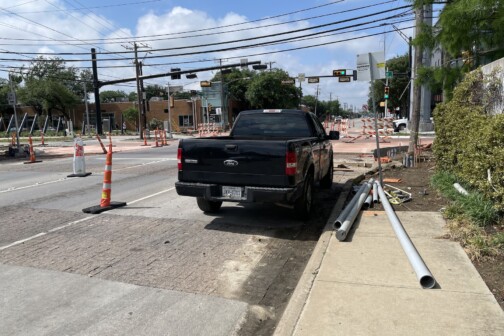Three years ago, Addison-based Concentra Occupational Health watched as Nevada joined other U.S. states in adding a telemedicine parity law. Such laws say that private insurers have to reimburse telemedicine visits the same way they do in-person visits. Nevada’s rule even specifically mentioned workers’ compensation, a key for Concentra.
The shifting regulatory environment in that state and elsewhere would eventually provide reason enough for Concentra to enter the market, introducing a telemedicine product in 2017. A Concentra executive told me that it’s been well-received, prompting the company to expand within the telemed arena. The company provides workers’ compensation injury care digitally, and recently launched a tele-rehabilitation app.
What Concentra would soon find in Nevada is a lesson about the nature of the still-developing telemedicine market that can be applied in Texas and elsewhere. Nevada state officials would not allow e-signatures for what’s called a “first report of injury,” which has stalled Concentra’s advances in the Silver State. In Texas, by contrast, telemedicine is primed to take off after legislators passed telemedicine act SB 1107 last year, legally establishing that telemedicine doctors can see patients digitally without prior in-person visits. But the industry won’t find itself completely unstrapped from red tape.
Texas’ telemedicine advocates are basking in the glow of new Texas Medical Board rules put into place in late 2017 to align with the new law. Those rules reversed a 2015 mandate saying clinicians had to see patients in person before seeing them digitally. That mandate never jibed with the business model at companies like Lewisville-based Teladoc—which functions as an Uber of the medical world, allowing contracted docs to sign on from wherever they happen to be. Without the restrictive rule in place, patients can wake up with a scratchy throat and dial in to be seen immediately—via video chat—by whatever physician happens to be signed on.
Enthusiasts are already dreaming up the next step: a thriving world of telepsychiatry, tele-rehabilitation, tele-neurology, tele-just-about-anything. Some see telemedicine as an extension of the real-world kind, a key to follow-ups and check-ups with existing providers—an idea that’s gaining more and more acceptance among North Texas’ major health systems. They see it as a way to close the gaps within underserved areas. The path forward will no doubt bring bumps like the ones Concentra is experiencing, but one thing’s for sure: If you give innovators a green light to innovate, that’s what they’ll do. North Texas has only scratched the surface when it comes to telehealth.
This is an excerpt of a story that appeared in the May 2018 issue of D CEO magazine. To read the rest, head here.





